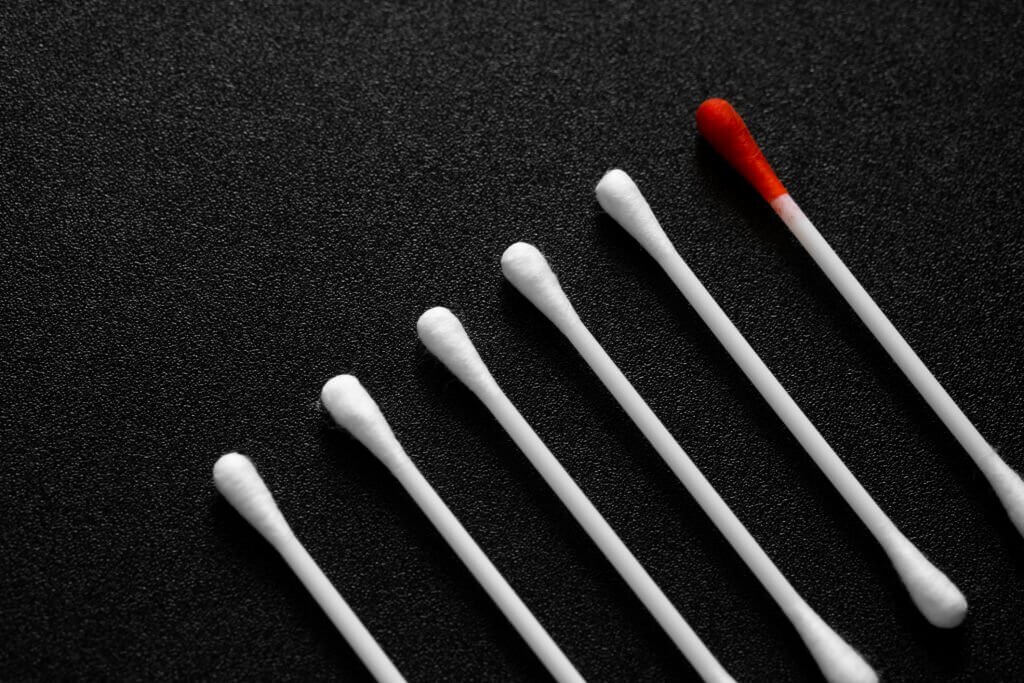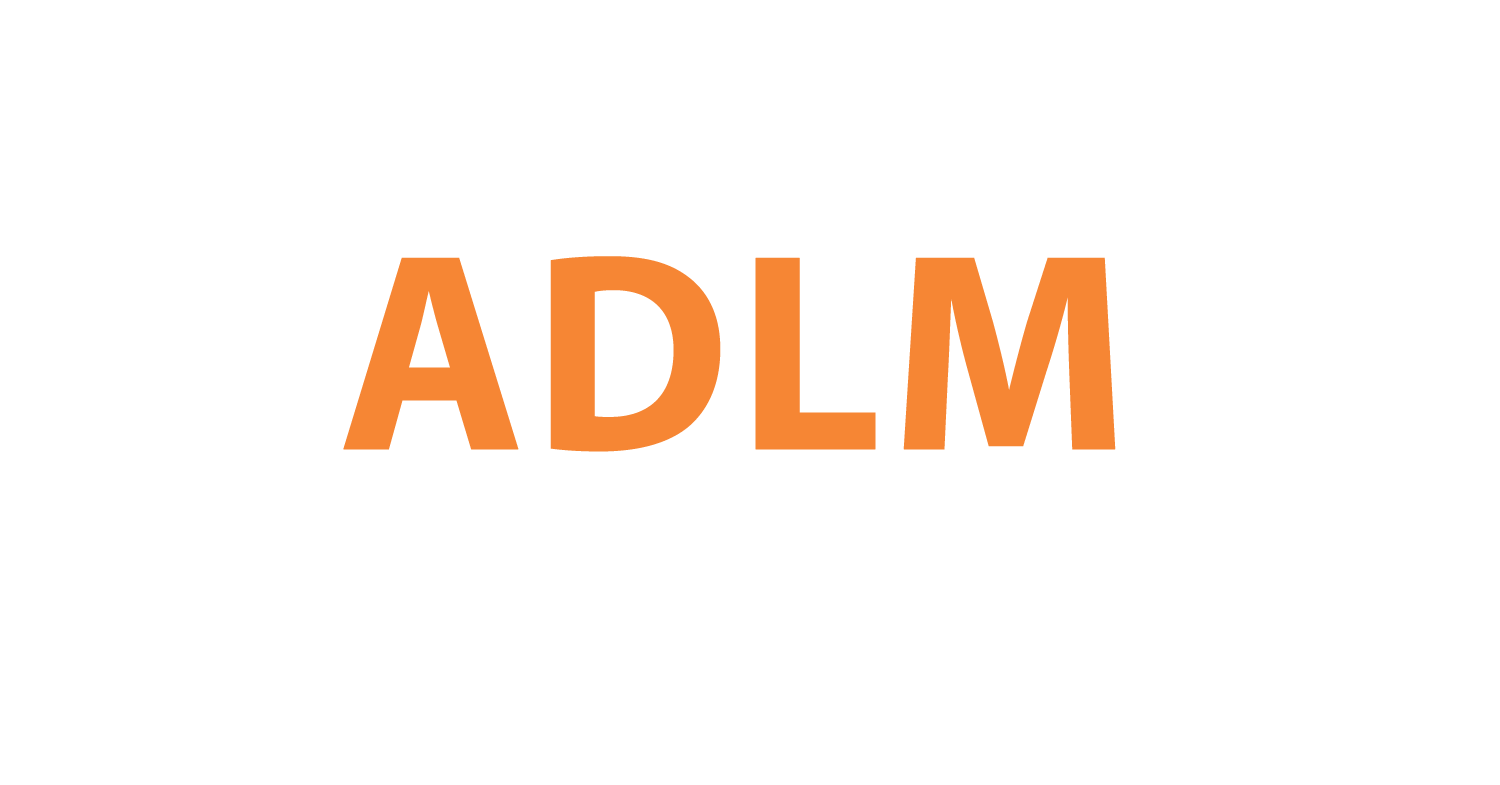How to Optimize Release Efficiency of Sterile Cotton Swabs

Sterile cotton swabs are used to sample surfaces in cleanrooms. A study in 2017 by Satyada and Sandle investigated optimizing the releasing capacity of swabs for discharging sampled microorganisms. Their results on factors like diluent, vortex mixing time, and holding time provide guidance on improving swab sampling method robustness.
Should We Pre-Wet Sterile Cotton Swabs Before Surface Sampling?
Sterile cotton swabs are commonly used to sample surfaces in cleanrooms and controlled environments as part of environmental monitoring programs. But should these swabs be pre-wetted before sampling to help recover microorganisms from surfaces? A recent study by Satyada and Sandle investigated the releasing capacity of pre-sterile cotton swabs for discharging sampled microorganisms after different vortex mixing times. Their results provide some guidance on pre-wetting swabs and optimum vortex times.
What Factors Affect Microbial Recovery From Swabs?
Swabs vary in design factors like the tip material and weave which affect how well they pick up and release microorganisms from surfaces. Plain swab tips typically only recover 5-15% of the microbes on a surface. However, swabs with flocked tips made of woven fibers perpendicular to the shaft can recover 40-60% of surface microbes. The swab tip interacts with the surface to capture organisms. Pre-wetting improves pickup by facilitating physical detachment and hydraulic removal. But microbes then need to be efficiently released into solution for analysis. Vortex mixing and homogenization of the swab in diluent is key to removing organisms for detection. The time samples are held before processing also affects microbial viability and recovery.
How Was the Swab Release Study Performed?
Satyada and Sandle evaluated release of six ATCC strains representing diverse morphology and cell walls, plus an isolated human skin commensal, from cotton flocked swabs into saline diluent. Swabs were vortex mixed for 15, 30, 45 or 60 seconds before membrane filtration quantification. Recoveries were compared to positive controls going straight into diluent. Swabs released over 50% of microbes after just 15 seconds of vortexing, with longer times not improving recovery. The 15 second optimum held across all the microbial strains tested.
What Was the Outcome of This Swab Release Study?
The key finding was that 15 seconds of vortex mixing released an adequate proportion (>50%) of microbes picked up on the swab tips. Although recoveries of 80-100% were seen, extending vortex times did not significantly increase pickup. The authors concluded that 15 seconds is sufficient vortexing for cotton flocked swabs to get useful microbial recovery for surface sampling. This lean principle of using the minimum effective vortex period helps streamline procedures. The study also demonstrated that an evaluation of swab release efficiency is recommended as part of environmental monitoring method validation.
Should Swabs Be Pre-Wetted Before Surface Sampling?
Pre-wetting swab tips is regarded as best practice to help efficiently remove surface microorganisms. The hydrated tip can better interact with the surface to pickup organisms. The liquid also facilitates physical detachment and removal compared to a dry tip. Pre-wetting is therefore recommended in procedures using swabs for surface sampling. However, excessive moisture should be removed before sampling to avoid diluting the sample. The study used pre-wetted swabs in saline as an optimized baseline method.
Do Swab Design and Diluent Affect Microbial Release?
The study only looked at one swab type, but the design does influence pickup and release. Flocked swabs are superior to plain cotton tips for microbial recovery. The study also used a single diluent, saline. Alternative diluents could give different release kinetics and recoveries for organisms. Phosphate buffered saline or Dey-Engley broth are commonly used, or surfactants like Triton X-100. Diluents can help detach microbes from swab fibers during vortexing. The effects of diluent chemistry merit further research.
Should We Sample Surfaces With Swabs or Contact Plates?
Contact plates generally give better microbial recovery than swabbing. They sample a defined area and involve less procedural steps. However, swabs remain useful for sampling irregular equipment surfaces where plates won't work. A combined approach sampling critical flat surfaces with plates and irregular areas with swabs is optimal. But for swabbing, an understanding of method efficiency is important. Factors like vortex mixing time and diluent should be evaluated to optimize pickup and recovery.
How Long Should Samples be Held Before Processing?
The study processed spiked swabs immediately. However, holding times and temperatures between sampling and testing affect microbial viability and recovery. For example, one study found samples held for over 4 hours at room temperature had significantly lower recoveries. Controlled holding and rapid processing is recommended to maintain sample integrity. Holding time validation could supplement swab release evaluation.
What Other Factors Affect Swab Sampling Method Robustness?
In addition to contact time, pressure and sampled area, factors like the skill and technique of sampling operators can influence swab sampling results. Environmental factors like surface material and roughness also play a role. Efficient vortex mixing as demonstrated in this study helps improve method robustness. Ongoing trend analysis of sampling data flags any emerging inconsistencies. Ultimately, swab methods have inherent variability versus contact plates. But with optimization and standardization they remain a valuable surface monitoring tool.
Click to View → Mantacc Sterile Sampling Swabs
Reference
Sandle, Tim & Satyada, Ravikrishna. (2017). Releasing capacity of pre-sterile cotton swabs for discharging sampled microorganisms. European Journal of Parenteral and Pharmaceutical Sciences. 21. 121-128.









